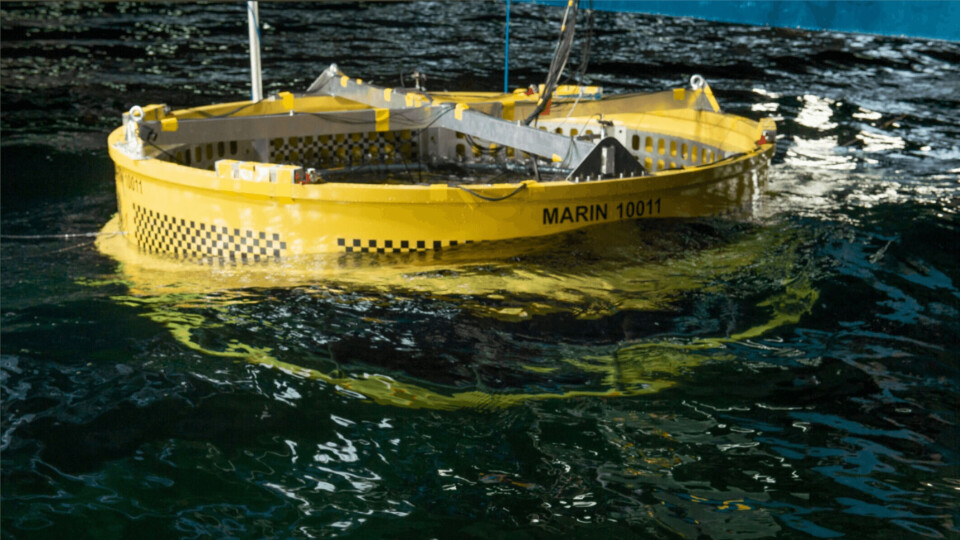
Try, try again: Spidercage turns the tide after rejection
Norway’s Fisheries Directorate has changed its mind about a fish farm concept designed to open up new areas for aquaculture.
The Directorate initially rejected Nova Sea’s Spidercage concept, described as a semi-closed plant with integrated breakwater and a system for compensating against wave forces.
But it has now decided to grant Nova Sea the four development permits it asked for, allowing it to have up to 3,120 tonnes of biomass to offset the cost of development.
Improved technology
The original decision to reject was because the Directorate considered that it was not probable that the applied concept could be realised, and that the concept therefore did not fulfil the condition of “significant innovation”.
It reversed its decision after receiving supplementary documentation which it considered to sufficiently explain that the concept as a whole can be realised and that the project can be implemented so that new and improved production technology can be developed.
“This includes both the elements mentioned and other components such as feeding system and solution for transport of fish. After an overall assessment, the Directorate of Fisheries has concluded that the Spidercage project involves ‘significant innovation’,” the Directorate said.
Smaller waves
The project’s primary goal is to develop new technology that can open up new areas for aquaculture in more exposed areas by creating an environment with significantly smaller waves.
Spidercage operates in the open sea with the outer barrier and the inner barrier. This is regulated by an autonomous system that ensures that the internal barrier receives less mechanical stress in adverse weather conditions.
This translates into better fish welfare and protects the team and specialised staff better than current technological solutions. The 12-metre deep outer barrier will also provide protection against sea lice, say the developers.






















































